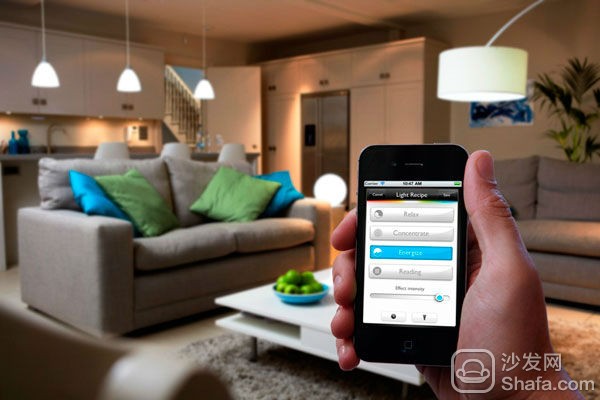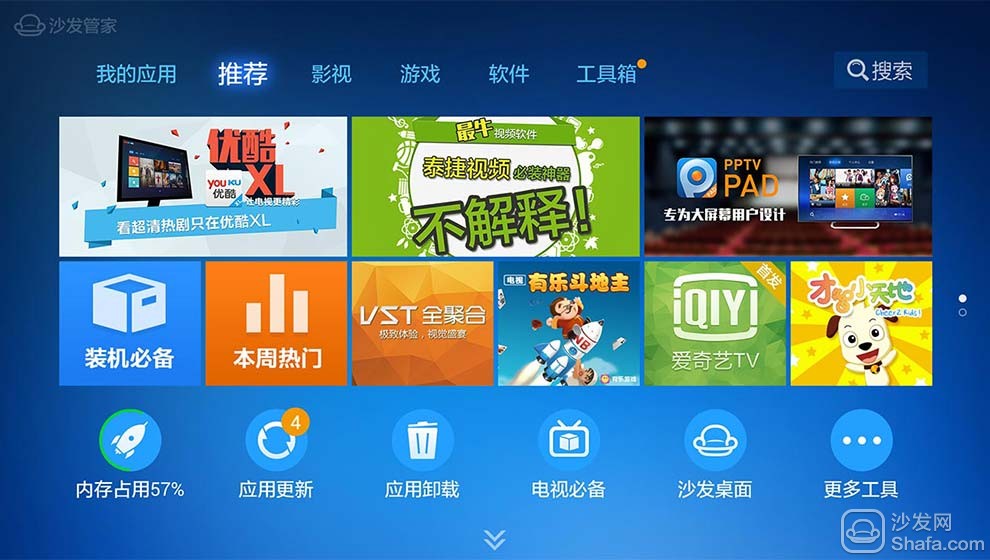
Since the beginning of this year, the wisdom of home heating has remained high. The smart home strategies that Midea and Haier successively issued ignited the enthusiasm of investors. The team of Alibaba and Xiaomi also excited the outside world. However, clumsy sweeping robots, remote control functions such as tasteless air conditioning, let consumers feel disillusioned with smart homes. To put it bluntly, consumers only saw the effect of "a combination of multiple remote controls" and the incompatibility of individual home appliance companies in the smart home sector. As a result, smart homes are ridiculed by individuals as "scams."
In my opinion, the above issues should be viewed in three aspects.
First of all, the real smart home is not simply to achieve "aggregation of the remote control", but can jump out of its own functional limitations to provide users with more services. The author acknowledges the concept of "Design + Manufacturing = Future" proposed by the Guangdong Industrial Design Association. The future industrial design will place more emphasis on "soft design", that is, the service function behind the product. For example, smart rice cookers can recommend nutritionally balanced recipes based on the user's physical health. Indeed, the so-called smart home items are not yet smart homes.
Second, the Internet is not the savior of smart homes. In 2014, cross-border cooperation between home appliance companies and Internet companies has become the norm. More and more home appliance companies and Internet companies have come together in the name of "intelligence." TC L handed iQiyi to release smart TV, and 360 and pushed Internet intelligent air purifiers together; Oaks took 360 to jointly develop smart air conditioners; Skyworth married Ali to push internet smart TVs; Midea and Alibaba jointly developed Internet of Things smart air conditioners and so on. The high-profile marriage between Millet and the United States made investors cheer and seemed to see the dawn of a smart home.
The author believes that the Internet can indeed improve the service experience of smart homes. For example, consumers can receive feedback from home systems to control home use in real time. But leaving the Internet, home can also achieve cross-control through the intranet. Smart homes require vertical collaboration in multiple industries. In addition to the Internet companies, software and hardware companies in the communications field are also on the battlefield of smart homes that are currently dominated by home appliance manufacturers. At present, the smart home technology is still in the stage of exploration. No research direction of any company must represent the technology of the smart home in the future. For example, Xiaomi launched a router that can control all infrared home appliances in the home, there are defects, intelligent one-way control, can not receive feedback.
Furthermore, the underlying connection technology of smart homes is still in the process of perfection. At this time, it is too early to talk about the integration of top-level products.
In the field of smart home appliances, home appliance manufacturers produce upper-level products and are the application companies of the underlying interconnect technology. Indeed, smart homes must be truly popular and commercialized and require the integration of top-level products. Because only systemized home can provide the best experience of smart home use, if home appliance manufacturers are incompatible with each other, consumers can only purchase all home appliances on a certain brand of smart home system in order to obtain the best experience. But this is difficult and difficult.
At present, smart Internet technologies that are suitable for smart homes are all in desperate competition, such as W iFi, Bluetooth, etc., and their respective advantages and disadvantages are gradually improving. Relatively speaking, maintaining the relative independence of various technical teams is beneficial to the rapid maturation of various technologies. At this time, the research unit that is doing basic technology is constantly improving the development of basic technologies. In the future, which type of interconnected technology will win, and the era of commercialization of smart homes, even researchers who are at the forefront of the smart home battlefield cannot make judgments.
However, home appliance manufacturers can't do it because the standard has not yet been unified, and nobody wants to lose at the starting line. At this time, home appliance manufacturers do not have a better approach. They can only pay close attention to technologies that are close to the needs of enterprise applications, and they must adopt multi-pronged interconnection technologies to research simultaneously, including WiFi and Bluetooth.
Therefore, the integration of upper products should be implemented in two phases. The first stage is to realize the construction of products, and the second stage is to realize the integration and crossover between products of different companies. At present, the dense layout of Midea and Haier is still in the first stage.
Recommended installation sofa butler Download: http://app.shafa.com/

